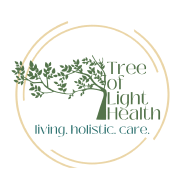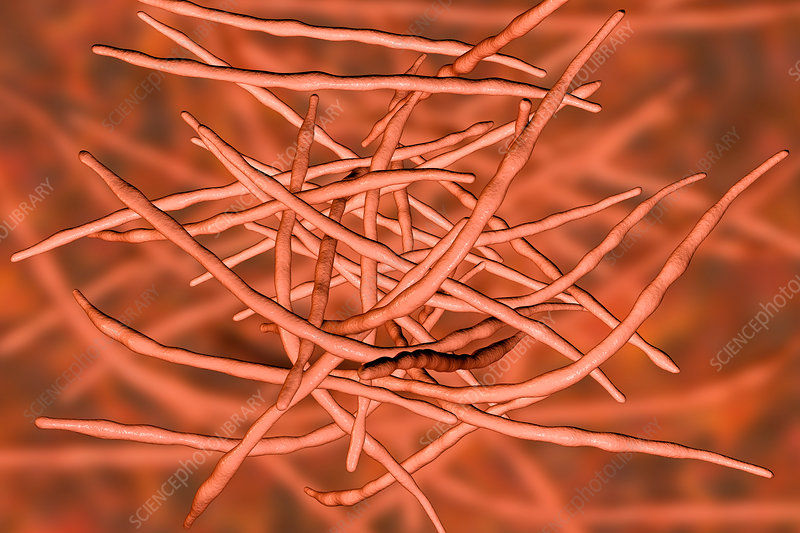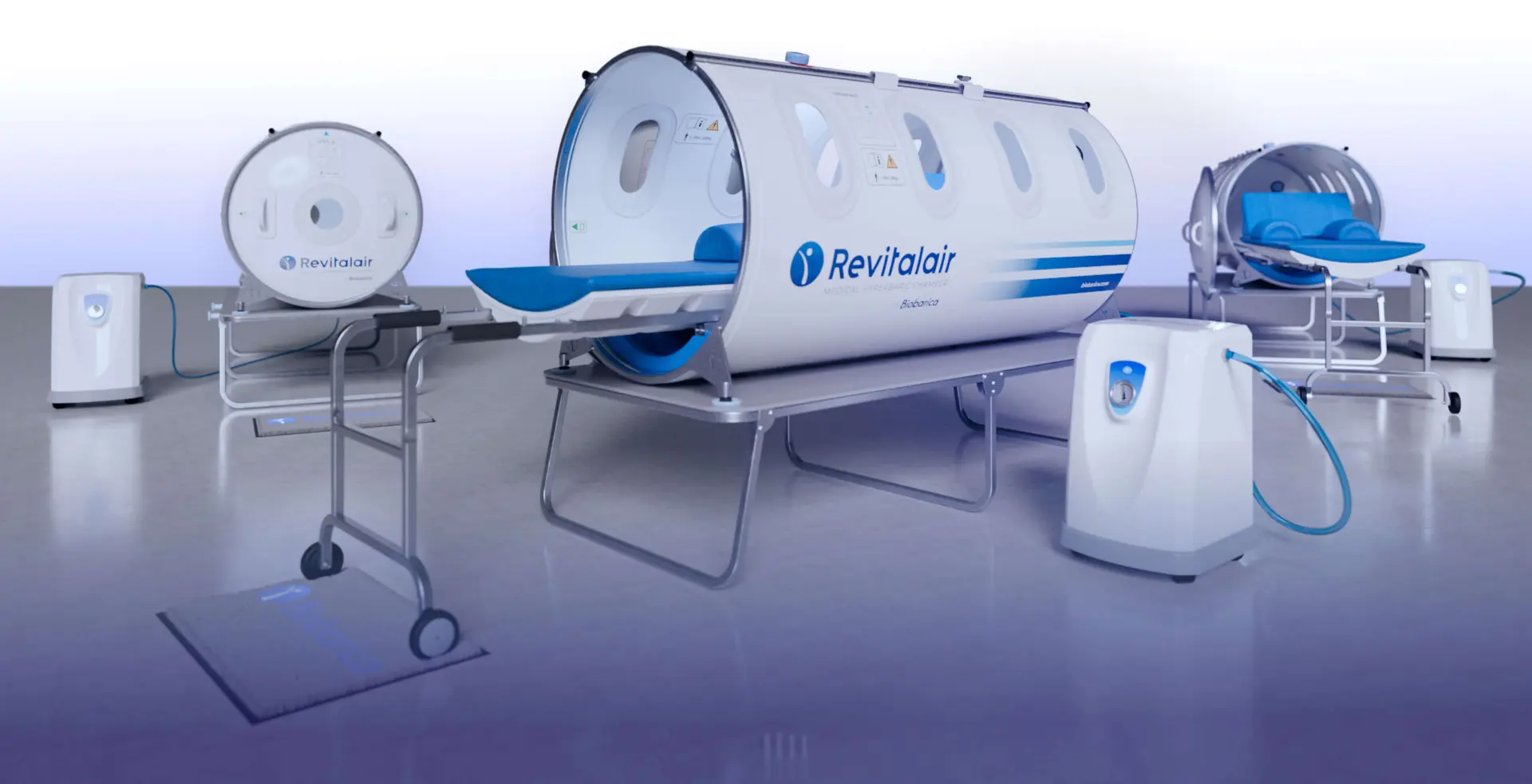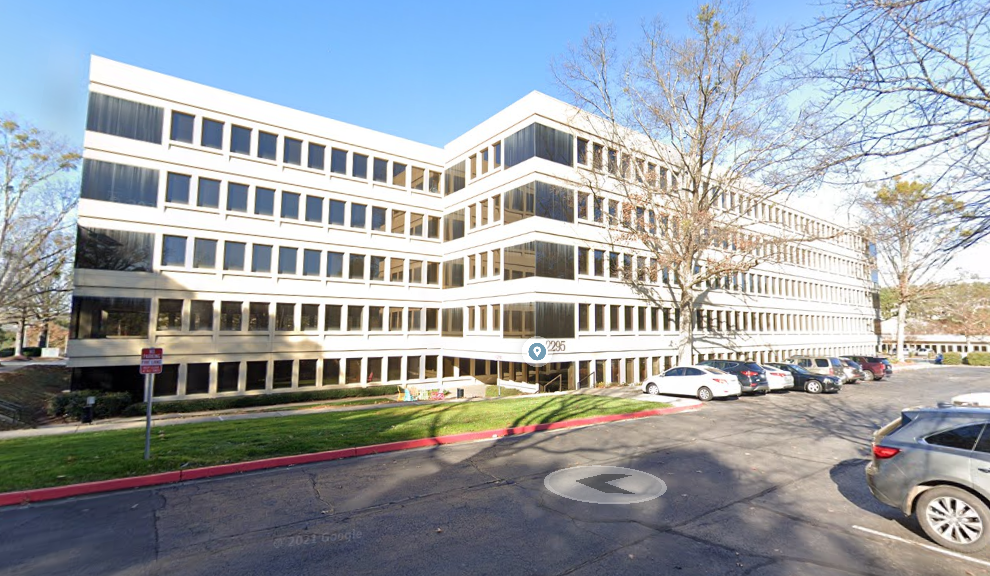Dr. Ricky Shoemaker has determined through extensive reverse transcriptomics testing (also known as GENIE testing) and by examining NeuroQuant brain scans that the most prevalent biotoxin in water-damaged buildings is Actinomyces. This is followed by endotoxins from sewer water and drains, and lastly by mold mycotoxins.
Now hold on there! For all these years, we had assumed that mold was the priority… Could it be that we were focused on the wrong thing?
For many years, we thought the problem, like most of our patients with complex chronic illnesses, was mold and mycotoxins, but the latest research from Dr. Shoemaker has pointed us in another direction. Following along with the guidance of Dr. Shoemaker, we took ourselves to look at some of our patients through the lens of NeuroQuant and GENIE, and sure enough, we found that they were dealing with either actinomyces or endotoxin stress as a priority stressor in their system (even though we also found mold in their systems).
What is Actinomyces?
Actinomyces are filamentous bacteria that can multiply in the right conditions, circulating throughout the home and causing many symptoms related to Chronic Inflammatory Response Syndrome (CIRS). These bacteria can also thrive on the skin of CIRS patients, personal belongings, bedding, and other items, leading to ongoing chronic inflammation and lamination.
Note: We realize we are not addressing endotoxins in this article, but that is also a legitimate problem. No worry. We will do a follow-up article on endotoxins in future articles/webinars
A common type of bacteria, Actinomycetes, is often found in water-damaged buildings. This bacteria produces biotoxins similar to the mycotoxins produced by mold. Generally, the biotoxins produced by bacteria are more significant in terms of weight and mass compared to mycotoxins. The Actino test was developed to identify the 40 main species of Actinomycetes in a sample and assess the potential for Building-related Disease (BRI) based on these species. These selected species have been linked to BRI in multiple studies.
Scoring System:
Two reports are generated for actinomyces by Enivobiomics. These are pretty lengthy reports and include a long list of different types of actinomyces species; due to the complexity of these reports, we recommend that you reach out to us for assistance in interpretation. In the meantime, please note the following scoring system given in these reports:
Score Score Range Interpretation
Q1 0 – 9 Indicative of a Healthy Building
Q2 10 – 15 Further investigation needed
Q3 < 15 Suggestive for Building-Related Illness
Testing:
Please take note of the following instructions for testing for actinomyces:
- To test for actinomyces, you can obtain dust samples from your home. Enviobiomics is a company that can provide you with the necessary supplies for this. It’s recommended to swab multiple areas throughout the home to get an accurate assessment of the toxin levels. However, if you want to reduce costs, you can swab the return filter on your HVAC system, as this filter collects air from the entire home when collecting dust samples and swab areas that have not been disturbed for at least 30 days.
- If you swab multiple places in the home, focus on the main living areas, such as the kitchen, living room, and bedroom. You can use either a Swiffer cloth or a vacuum for sampling. Swipe in one direction only and avoid scrubbing when using a Swiffer cloth. Don’t forget to sample areas like the basement or crawlspace. However, when sampling for actinomyces, avoid entry and foyer areas.
- If you are experiencing severe brain fog and fatigue, it’s advisable to swab both your environment and your skin in the initial round of sampling. Consider collecting dust swabs from different areas of the house to get comprehensive results.
- For environmental testing, consider the following options:
- – Dust swab for Actinomyces only
- – Dust swab for Actino + Hertsmi2 + ERMI (if you have brain-related symptoms such as fatigue and brain fog)
- For skin testing, follow the instructions on the kit and note that some samples may need to be sent on ice.
*Note: If Corynebacterium and Propionibacterium acnes levels are elevated in your home, do a skin/behind-the-ear swab. you can purchase that here.
Actinomyces Personal Hygiene Detox and Prevention Protocol
If it’s determined that actinomyces is a problem for you, you must undergo a rigorous cleaning program to try to rid your home of the actinomyces. To start, this includes cleaning your body with a compounded witch hazel formulation and/or using different soaps. Our favorite is the Defense Soap. Make sure to use it on a daily basis.
- PD Labs Compunded Witchazel and Edta (contact us)
- Medicasp coal tar shampoo
- Defense Body Soap shampoo
Actinomyces Internal Treatment options (30-45 days, then retest)
We have found the following herbal supports and products to be helpful when treating actinomyces.
- Liposomal Biocidin
- Allimed/Allicin
- Neem
- Homeopathic’s*
- Triple antibiotic on the inside of the nose 5 days on 2 days off)
- Auto urine therapy*
- If severe minocycline/doxycycline*
- Megaspore (Microbiome support)*
Environmental Cleaning Protocol
Reducing levels of Actino’s in your home involves rigorous cleaning, removing all dust, clutter, etc. In essence you want to clean, Clean, and Clean Again (thorough weekly cleaning at least) hydrogen peroxide, E3C, Borax and Vinegar. In addition:
- Clean all bedding, pillows, couches upholstery etc. using Borax and Vinegar
- Change pillows and mattresses where necessary
- Air Oasis (kills mold and actinos)*:
- Keep humidity levels below 50% using dehumidification
- Various fogging protocols (Contact us)
NOTE: There are a lot of air filters on the market but the only one that we have found that takes care of both Actino’s and molds is Air Oasis. It also kills endotoxins.
For more information on actinomyces
- Webinar with Dr. Dorininger ND—see ACTINOMYCETES: THE PROBLEM, IS YOU?!? >>> https://www.cirsx.com/idog5-hc1
- Episode #171: Actinomycetes with Larry Schwartz, BSME, MBA, CIEC https://www.youtube.com/watch?v=QVPTE-kSQD0
Further testing:
If you are still having symptoms of brain fog/fatigue despite efforts for remediation and cleaning etc. please consider running an advanced transcriptomics/GENIE Test as well as a CIRS panel please contact us for further information)
In summary, the discovery of actinomyces, and endotoxins, and our ability to detect them has unfortunately added complexity to the CIRS assessment and treatment process. The testing is expensive, and the reports can be hard to decipher. It is also important to consider this in the overall context of other toxins and infections that could be affecting your healing. In any regard, we have found that this process can be overwhelming for some, so we recommend working with a skilled CIRS practitioner to navigate potential pitfalls and dead ends. However, we have witnessed some great healing once these issues are addressed. In any regard, we wish you all the best in your biotoxin recovery and encourage you to reach out if you have any questions or need more information.



